How Does A Dual Tank Septic System Work
Also question is, how does a 2 tank septic system work? In the drainfield, sewage from the septic tank flows through pipes in the yard for final treatment by organisms in the soil.

Pin On Lawn
How does a septic tank system work?
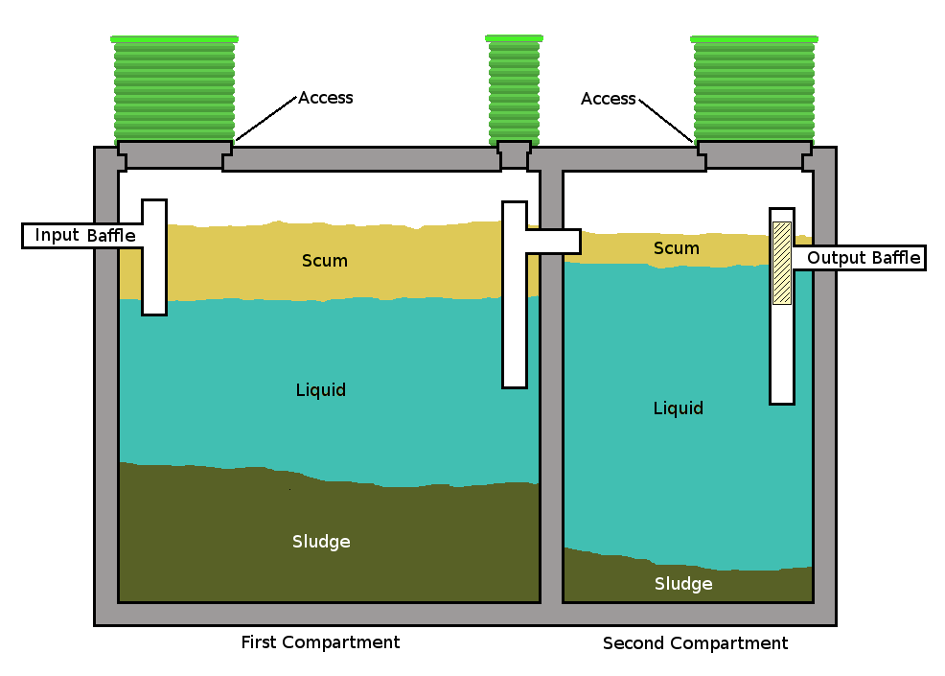
How does a dual tank septic system work. It’s then led to a large drain field. Septic tanks work by allowing waste to separate into three layers: A typical septic system consists of a septic tank and a drainfield, or soil absorption field.
One of the disadvantages is that a dual compartment septic tank needed to be pumped more. The first is usually longer, about twice as large as the second compartment. All of the houses have their own septic tanks.
The middle layer of effluent exits the tank and travels through underground perforated pipes into the drainage field. The solids settle out and form a sludge which needs to be emptied from time to time to prevent blockage. (thanks, gravity!) grease and oil.
With the drain field, the sewage from septic tanks is channeled into underground trenches made of flat gravel or stone. This slower flow will allow a clearer effluent to flow out of the tank. Solids, effluent and scum (see illustration above).
It activates the pump when water lifts the float switch , and runs the pump for an additional 10 seconds to completely empty the sump pit once the float returns to its original position. How does an aerobic septic system work? Master plumber pat scheper of apple plumbing & heating explains how a septic system works.
It consists of two parts: The purpose of having a separate greywater system is to relieve some pressure off of the whole septic or sewer system. After each septic tank, the lines converge and are led to a treatment and dispersal area.
Septic tanks work by allowing waste to separate into three layers: A basic system consists of a septic tank and drainage area. The sewage trickles through soil for 2 or 3 feet, where aerobic bacteria and minerals in the soil break down the remaining organic material and kill most of the remaining germs.
The conventional septic tank system works in the following way: How does a septic system work? A septic tank pump can either be installed into an existing septic tank, or it can be installed in a pump station after the septic tank.
A septic tank and a what's called a leach field or soil absorption field. This treatment system will clean the waste from all of the houses. All flows from the house are directed by way of a main sewer line to the septic tank.
Some experts believe that a dual compartment septic tank does a better job of settling solids than a single compartment septic tank. The difference being, in a word: The solids settle to the bottom, where microorganisms decompose them.
A dual compartment septic tank has two compartments. The final outflow from this septic tank will be much slower than a tank without a compartment. It is also possible to have one rectangular septic tank divided into two sections, instead of having two separate tanks.
The septic tank digests organic matter and separates floatable matter (e.g., oils and grease) and solids from the wastewater. The septic system is a sewage treatment and disposal system. Domestic waste water from toilets, sinks, showers, washing machines and dishwashers goes to the septic tank system.
If your septic tank is a single chamber septic tank then it is recommended that you do not install the pump directly in the tank. The solids settle to the bottom, where microorganisms decompose them. As the wastewater reaches into the septic tank, it traps the wastewater for a long time so that solid particles can settle down.
How does a dual float switch work? This reduces the quantity of solids and also changes its composition to sludge, which builds up in the bottom of the tank. Septic tanks work by allowing waste to separate into three layers:
Wastewater goes into the tank, where over time it settles naturally into three layers. Your household wastewater goes into the septic tank first, a cistern of concrete, plastic or some other waterproof material, where solids settle to the bottom and are slowly digested by bacteria. A cluster system is used in residential areas where you have multiple houses near one another.
Solids, effluent and scum (see illustration above). The solids settle to the bottom, where microorganisms decompose them. There are conventional septic systems and then there are the more complex aerobic septic systems.
40% of household sewage is from the toilet, 30% is from bathing, 15% is from laundry and 10% is from the kitchen. The solids settle to the bottom, where microorganisms decompose them. A typical household septic tank is made up of two round tanks made of concrete with lids next to each other.
People also ask, how does a 2 tank septic system work? The dual float controller is included with all basement watchdog ac sump pumps. They'll build up over time and need to be periodically suctioned out by a.
As the liquid level in the second compartment began to rise, the outflow from the tank would slowly begin. While a conventional septic system uses only the septic tank to separate solids, fats and grease, an aerobic treatment unit (atu) uses oxygen infusion for digestion. During the working of the mound septic system, firstly, the wastewater flows from your house into the septic tank.
Solids, effluent and scum (see illustration above). How a septic tank system works when wastewater passes through the septic tanks, heavier solids sink to the bottom and undergo bacterial digestion.

Septic System Maintenance Aex-740-01 Septic System Septic Tank Septic Tank Design

Understanding Your Septic System And How It Works University Of Maryland Extension

Do Regular Septic Pump Outs To Preserve The Functionality Of Your Septic System Septic System Septic System Service System

Tank Types Express Septic Service
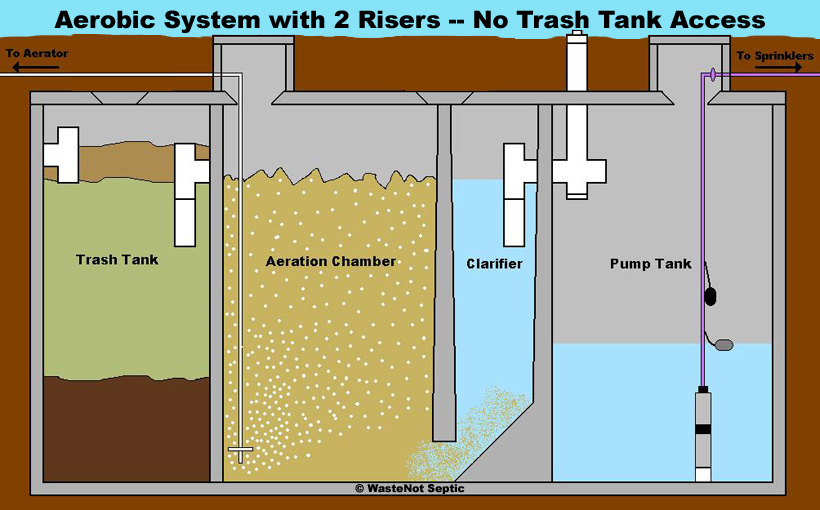
How An Aerobic System Works

Image Result For Grey Water Technical Drawing Grey Water System Water Conservation Rain Water Collection System

How To Construct A Small Septic System With Pictures Diy Septic System Septic System Septic Tank

Types Of Septic Systems - Three Oaks Engineering

Two Chamber Septic Tank Septic Tank Septic Tank Design Septic Tank Systems

How A Septic System Works Septic System Service Professional

How Water Catchment Works Rain Water Collection System Water Catchment Rain Water Collection

7 Steps For How Your Septic Tank System Works - Solid Rock Contracting

Rid-x Septic 48-oz Septic Cleaner Lowescom Septic Cleaners Septic System Treatment

Install A Septic System Tank Solution Septic System Septic Tank Systems Installation
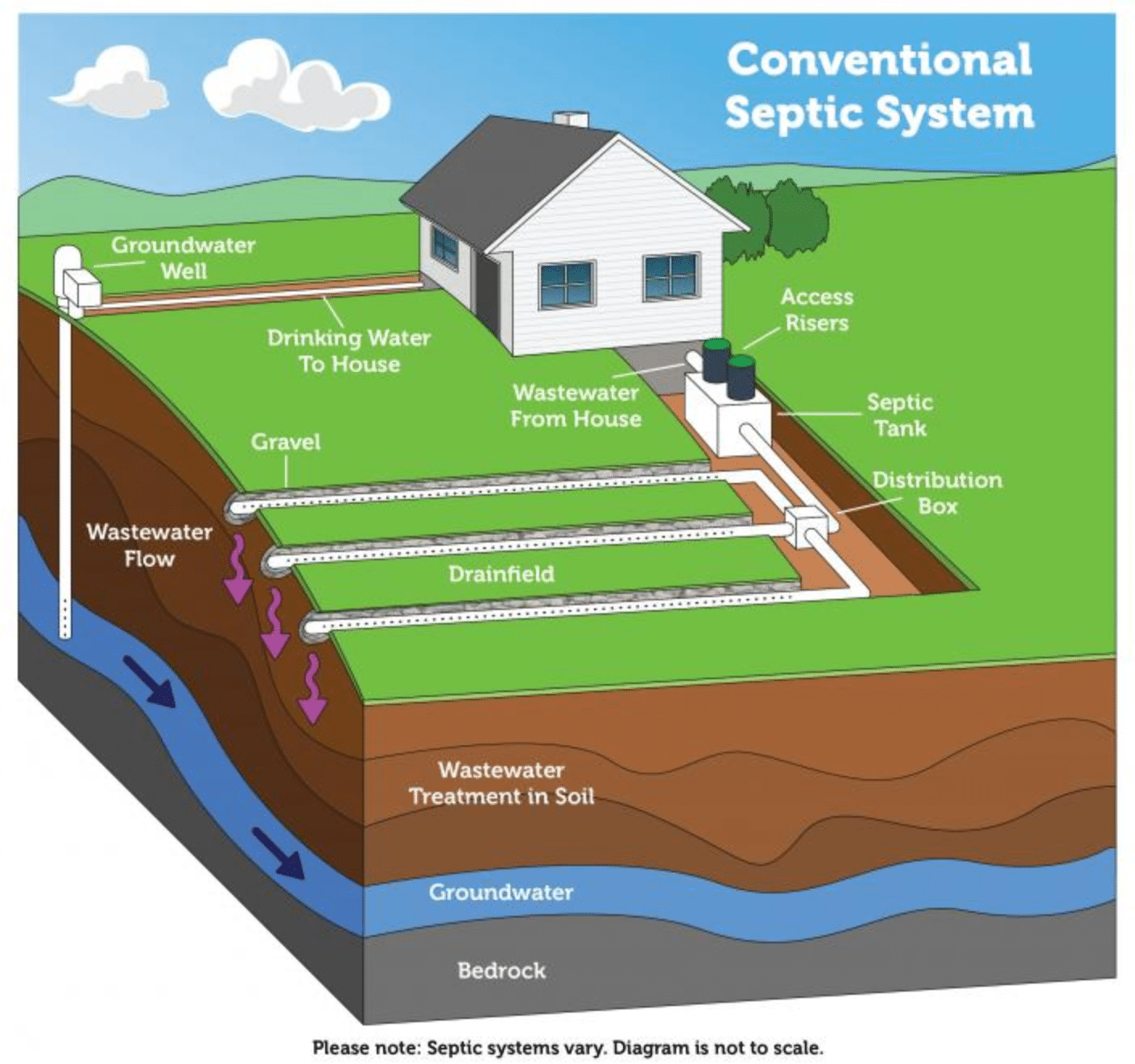
Septic System Types In Florida Martin Septic Service
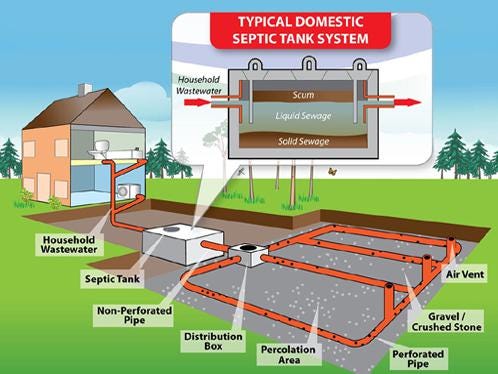
How Septic Tanks Work And When To Empty Them By Waste Disposal Hub Waste Disposal Hub Medium

Simple Diy 3 Barrel Septic System Diy Septic System Septic Tank Systems Small Septic Tank
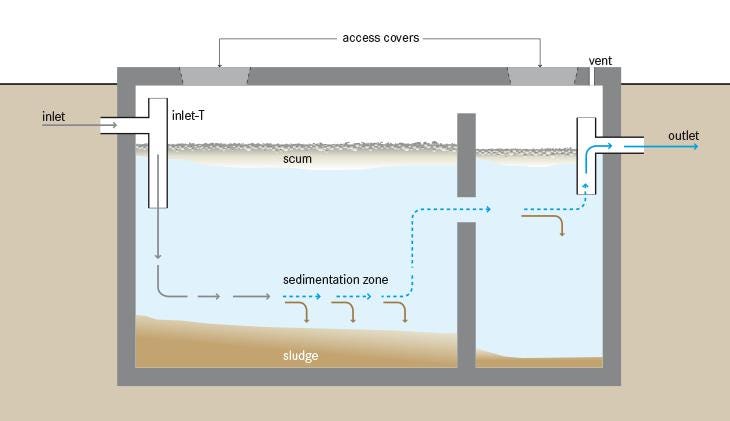
How Septic Tanks Work And When To Empty Them By Waste Disposal Hub Waste Disposal Hub Medium
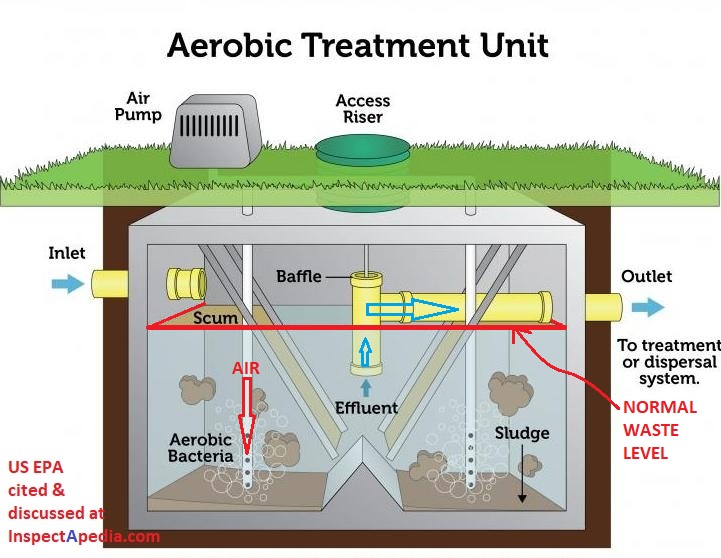
Types Of Septic Systems Alternative Septic System Designs Master List Descriptions Of Kinds Of Septic Systems